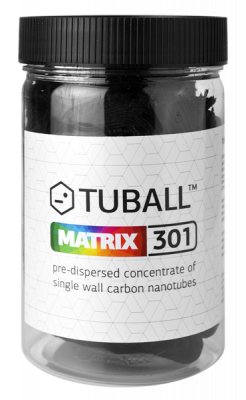
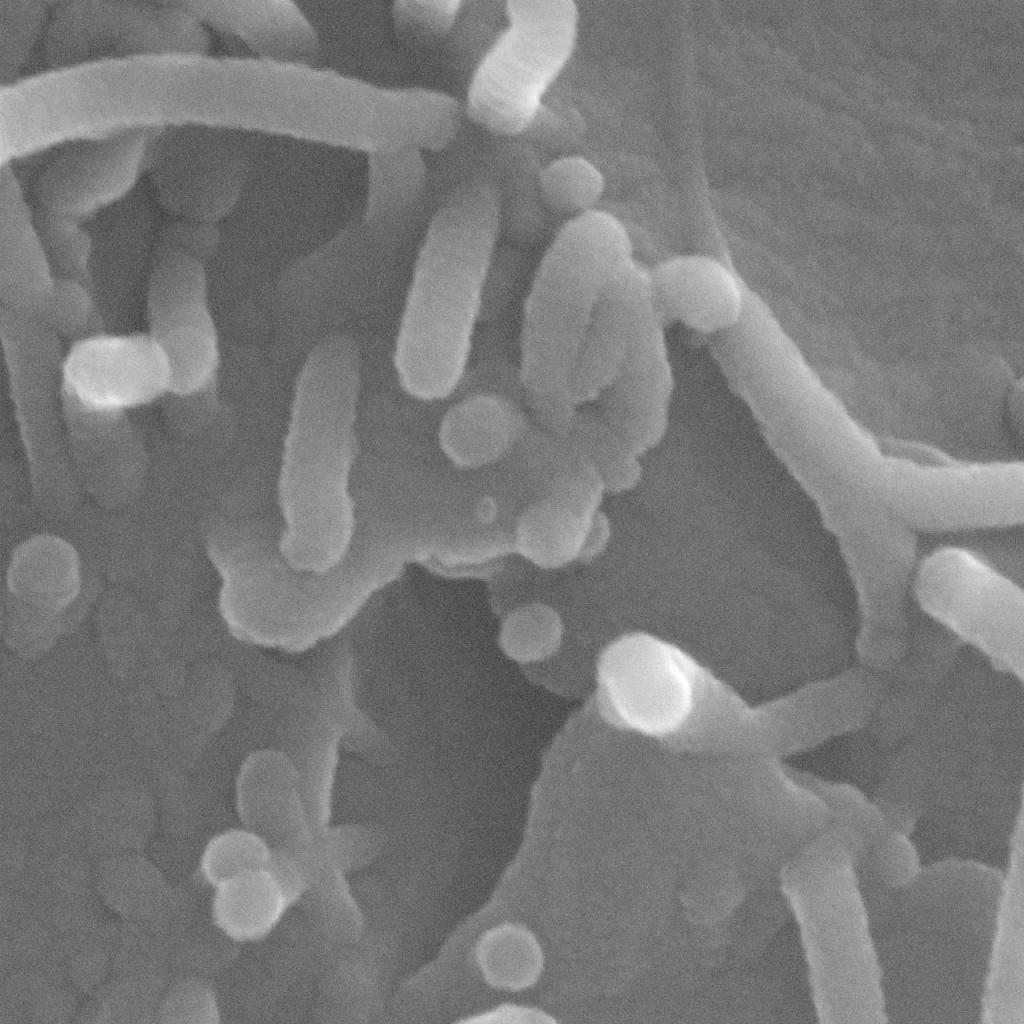
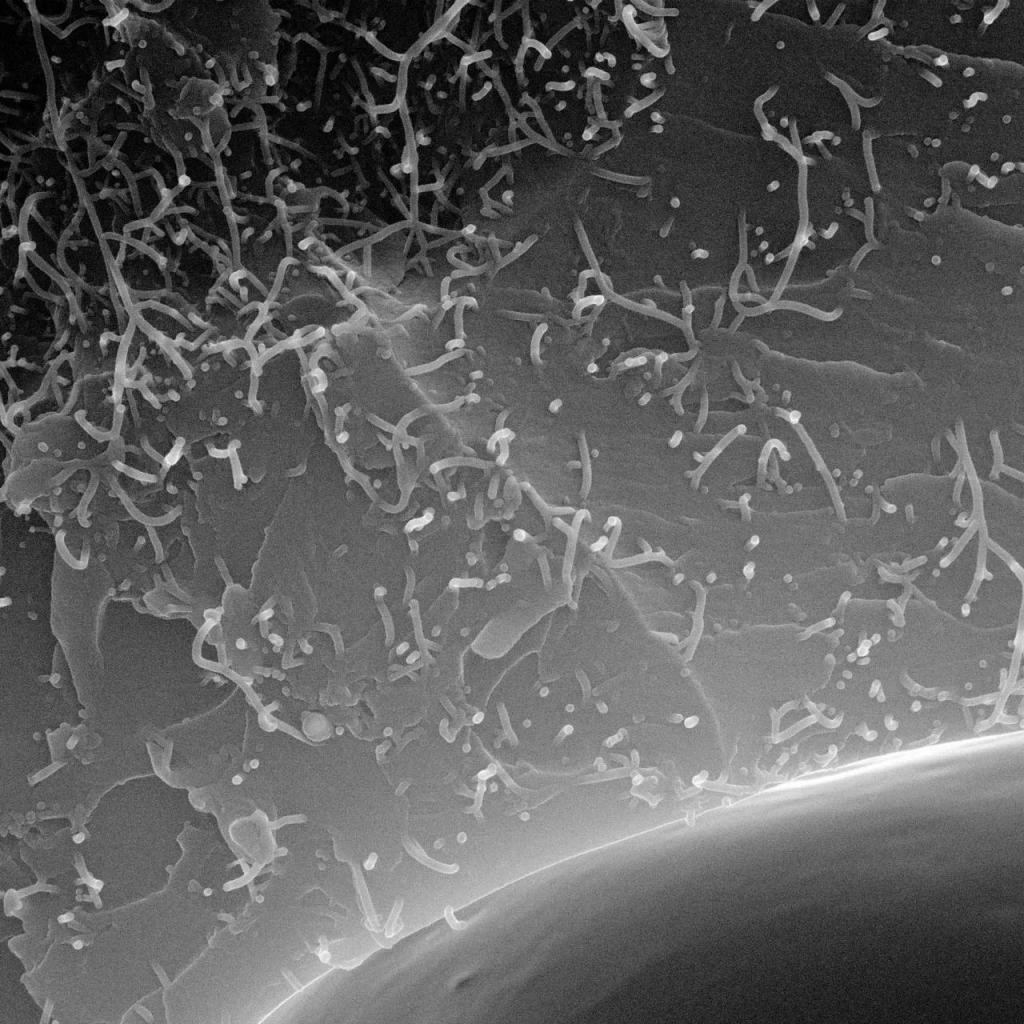
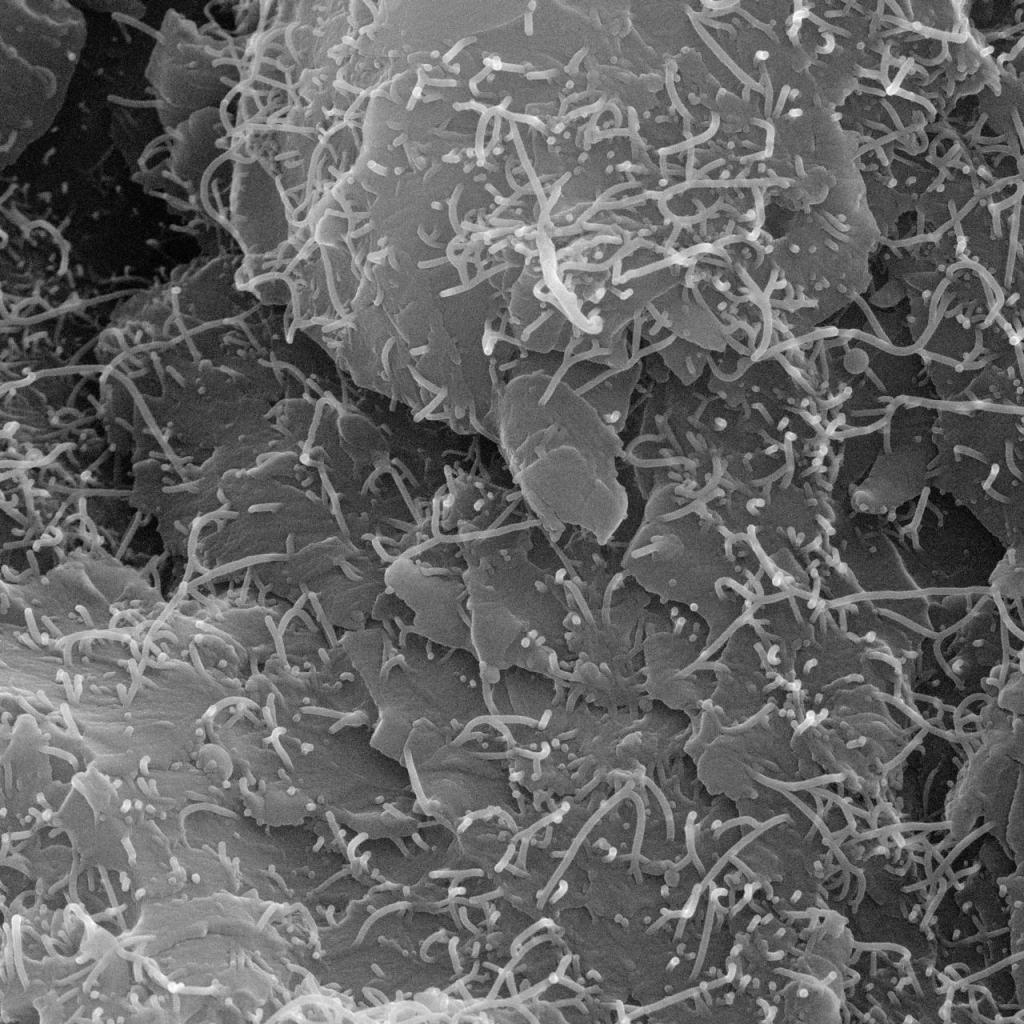
Additif conducteur d’électricité pour composites epoxy, revêtements et composés de polyuréthane sans solvant, n'affectant pas négativement la couleur et les propriétés mécaniques du matériau
Avantages
Assurance de la conductivité électrique constante et uniforme sans “hot spots”
Propriétés antistatiques indépendantes de l'humidité
Maintien et même amélioration des propriétés mécaniques
Coloration de la résine époxy grâce à de faibles concentrations d'additifs et à un effet gris minimal
Impact minimal sur la densité, la viscosité et d'autres caractéristiques rhéologiques du matériau
Formule de pré-dispersion permettant l'utilisation d'équipements de production standard
Applications industrielles
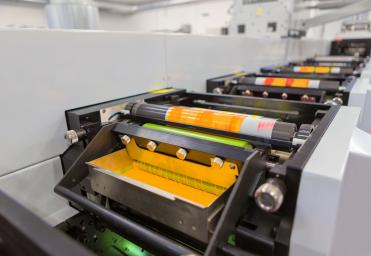
Manchons d'impression

Moules polyester

Profilés en fibre de verre pour les câbles
Vidéo
TUBALL™ MATRIX: Instructions d’utilisation (eng)
Anti-static and conductive hand layup composites: how to produce using graphene nanotubes